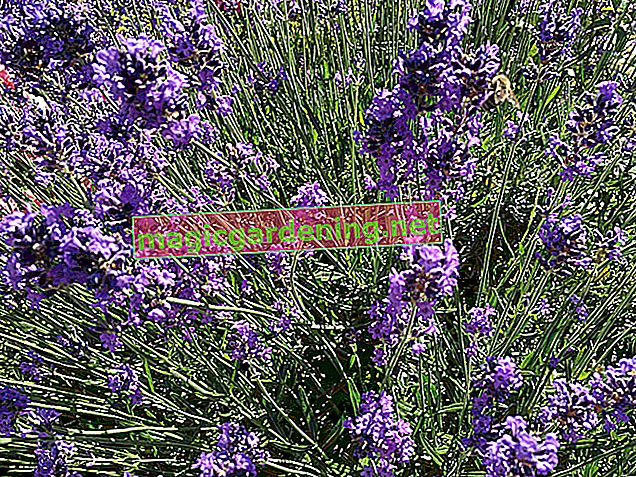
Which location is the right one?
Since the real lavender has its home in the Mediterranean countries, it also prefers a sunny and poor location here.
also read
- Real Lavender - How To Recognize It
- Real lavender is only partially hardy
- Lavender: the right care for the balcony and terrace
How often does the real lavender have to be watered?
The real lavender tolerates drought very well and therefore only needs to be watered when the substrate is already well dried out. Waterlogging is to be avoided at all costs.
Do I have to fertilize the real lavender regularly?
You should also be very sparing with fertilizer with real lavender, as the plant is adapted to very poor soils. In particular, very nitrogenous fertilization, for example with horn shavings (€ 6.39 at Amazon *) or manure, should be avoided.
When should you cut real lavender?
The real lavender lignifies over time and then tends to shed. For this reason it should be cut back vigorously in early spring and a second time after flowering. However, you should not cut into the old wood, as this would make it difficult for lavender to sprout again.
What must be particularly observed when keeping a bucket?
When cultivating in a bucket, waterlogging is a particular problem, so good drainage should always be ensured (for example with clay granules or similar).
Is the real lavender hardy?
Basically, Lavandula angustifolia is less susceptible to frosty temperatures than the other lavender species. Many modern varieties have already been selected for winter hardiness and can therefore overwinter outdoors
What should be considered when wintering the real lavender?
When wintering outdoors, however, it is often not only the cold temperatures that are problematic, but also the moisture: In wet winters, drought-loving lavender actually rots, while the risk of drying up is very high, especially in mild winters with temperatures around freezing point. Good protection is therefore advisable early on, whereby fir or spruce branches are particularly suitable. Please do not mulch the plant, as this would make it too moist.
Tips
Traditionally, roses and lavender are often planted together, but actually the two types of plants do not go together because of their very different needs in terms of location and care.








